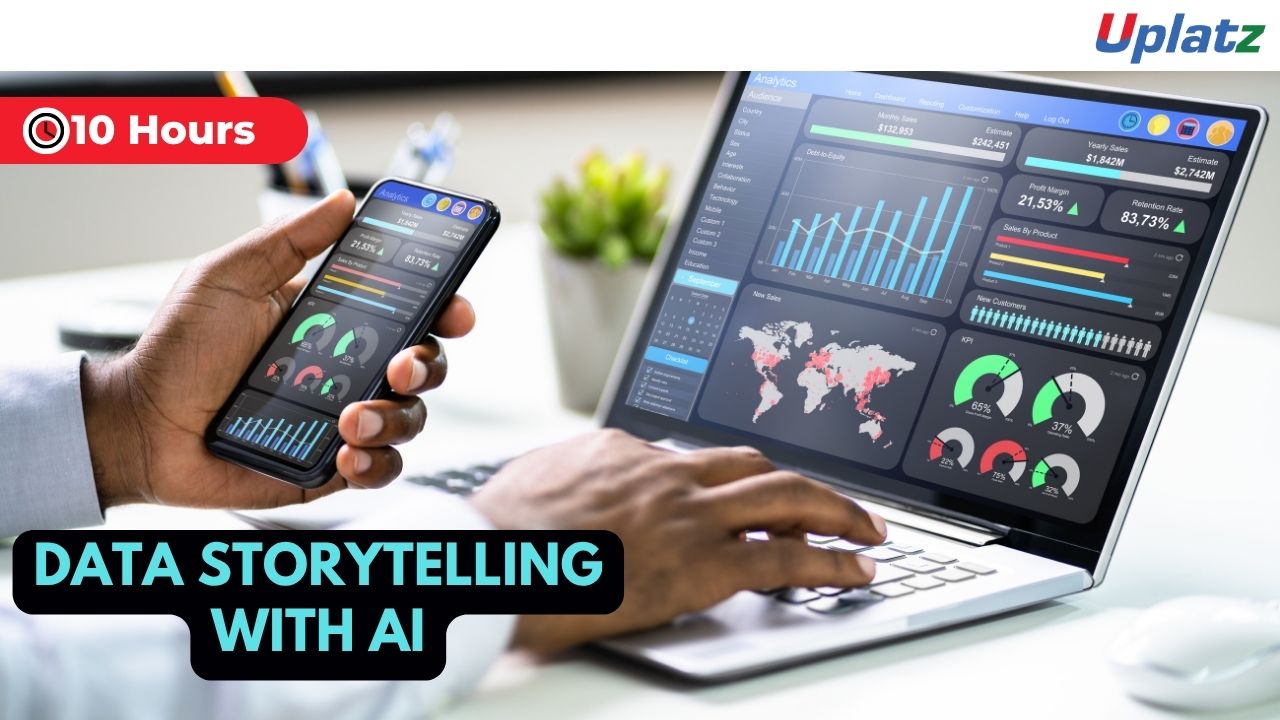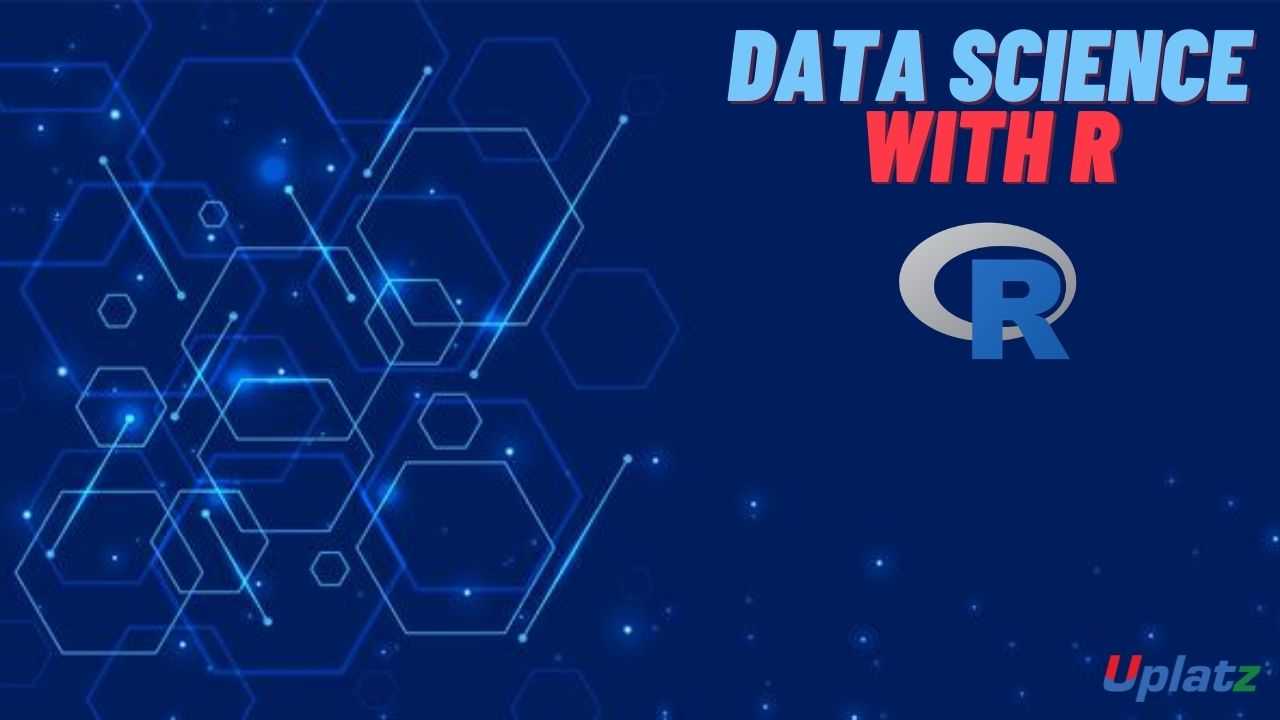Python for Data Science
Learn how to use Python effectively for data analysis, visualization, and real-world machine learning applications.Preview Python for Data Science course
Price Match Guarantee Full Lifetime Access Access on any Device Technical Support Secure Checkout Course Completion Certificate 95% Started a new career
BUY THIS COURSE (
95% Started a new career
BUY THIS COURSE (GBP 12 GBP 29 )-
 85% Got a pay increase and promotion
85% Got a pay increase and promotion
Students also bought -
-

- Data Science with Python
- 45 Hours
- GBP 12
- 2931 Learners
-

- Data Storytelling with AI: From Dashboards to Narratives
- 10 Hours
- GBP 12
- 10 Learners
-

- Data Science with R
- 25 Hours
- GBP 12
- 479 Learners

-
Exploratory data analysis on large datasets
-
Building predictive models with scikit-learn
-
Creating dashboards and data visualizations
-
Performing feature engineering and data cleaning
-
Beginners in data science and analytics
-
Python developers transitioning into data roles
-
Students preparing for data science careers
-
Professionals aiming to upskill in data analysis
-
Freelancers and entrepreneurs handling data-heavy tasks
-
Follow the sequence of modules for a structured experience
-
Code along with examples for better retention
-
Practice with the datasets provided in each project
-
Take notes on libraries, methods, and error-handling techniques
-
Participate in the discussion forums and ask for feedback
-
Revisit key concepts and improve existing projects as you progress
Course/Topic 1 - Coming Soon
-
The videos for this course are being recorded freshly and should be available in a few days. Please contact info@uplatz.com to know the exact date of the release of this course.
By the end of the course, you will be able to:
-
Work with Python for data manipulation and analysis
-
Use libraries like Pandas and NumPy to manage structured data
-
Perform data visualization using Matplotlib and Seaborn
-
Apply machine learning techniques using Scikit-learn
-
Conduct real-world data analysis projects
-
Interpret model results and evaluate performance
Course Syllabus
Module 1: Introduction to Python and Data Science
-
Python syntax and Jupyter Notebook setup
-
Variables, loops, functions
Module 2: Working with NumPy
-
Arrays and mathematical operations
-
Broadcasting and reshaping
Module 3: Data Manipulation with Pandas
-
DataFrames, Series, Indexing
-
Filtering, merging, and groupby operations
Module 4: Data Cleaning
-
Handling missing values
-
Data type conversion
-
Duplicates and outlier removal
Module 5: Data Visualization
-
Basic plots using Matplotlib
-
Statistical plots with Seaborn
-
Interactive plots with Plotly
Module 6: Exploratory Data Analysis (EDA)
-
Correlation analysis
-
Trend detection
-
Feature distribution
Module 7: Introduction to Machine Learning
-
Supervised vs unsupervised learning
-
Scikit-learn workflow
Module 8: Building ML Models
-
Regression and classification
-
Model training and testing
-
Cross-validation
Module 9: Model Evaluation
-
Accuracy, precision, recall, F1-score
-
ROC curve and confusion matrix
Module 10: Capstone Project
-
End-to-end data science workflow
-
Final presentation and peer review
After completing this course, you’ll be ready for roles such as:
-
Junior Data Scientist
-
Data Analyst
-
Machine Learning Intern
-
Python Developer in Data Teams
-
Data Science Research Assistant
-
What are the key differences between NumPy arrays and Python lists?
-
How do you handle missing values in Pandas?
-
What is the difference between
.loc[]and.iloc[]in Pandas? -
How do you choose the right evaluation metric for a classification problem?
-
What’s the difference between overfitting and underfitting?
-
Explain the difference between regression and classification.
-
What is the role of feature scaling in machine learning?
-
How does a decision tree algorithm work?
-
What is cross-validation and why is it important?
-
How can you visualise the correlation between multiple variables?









